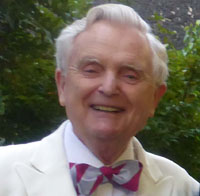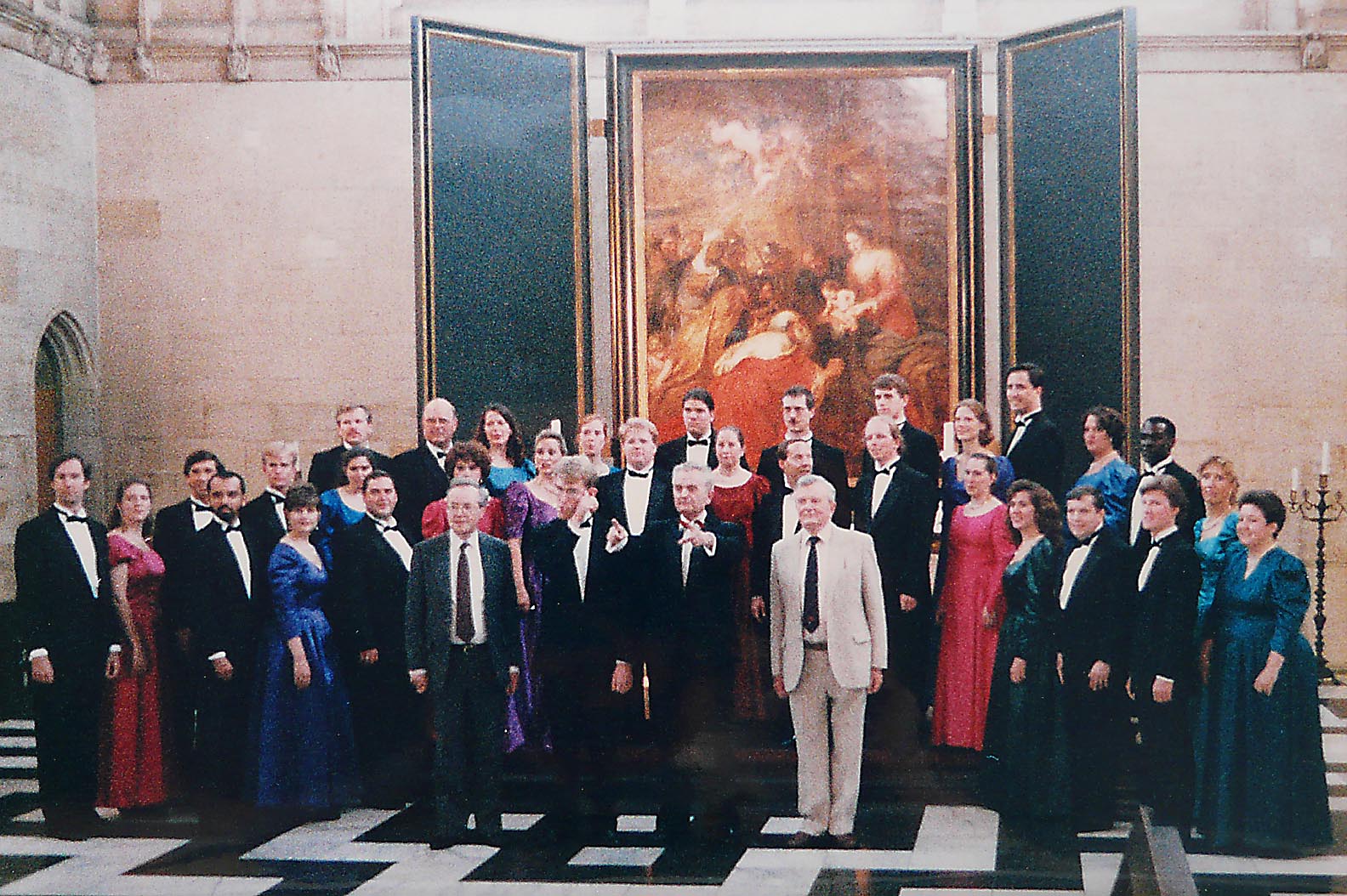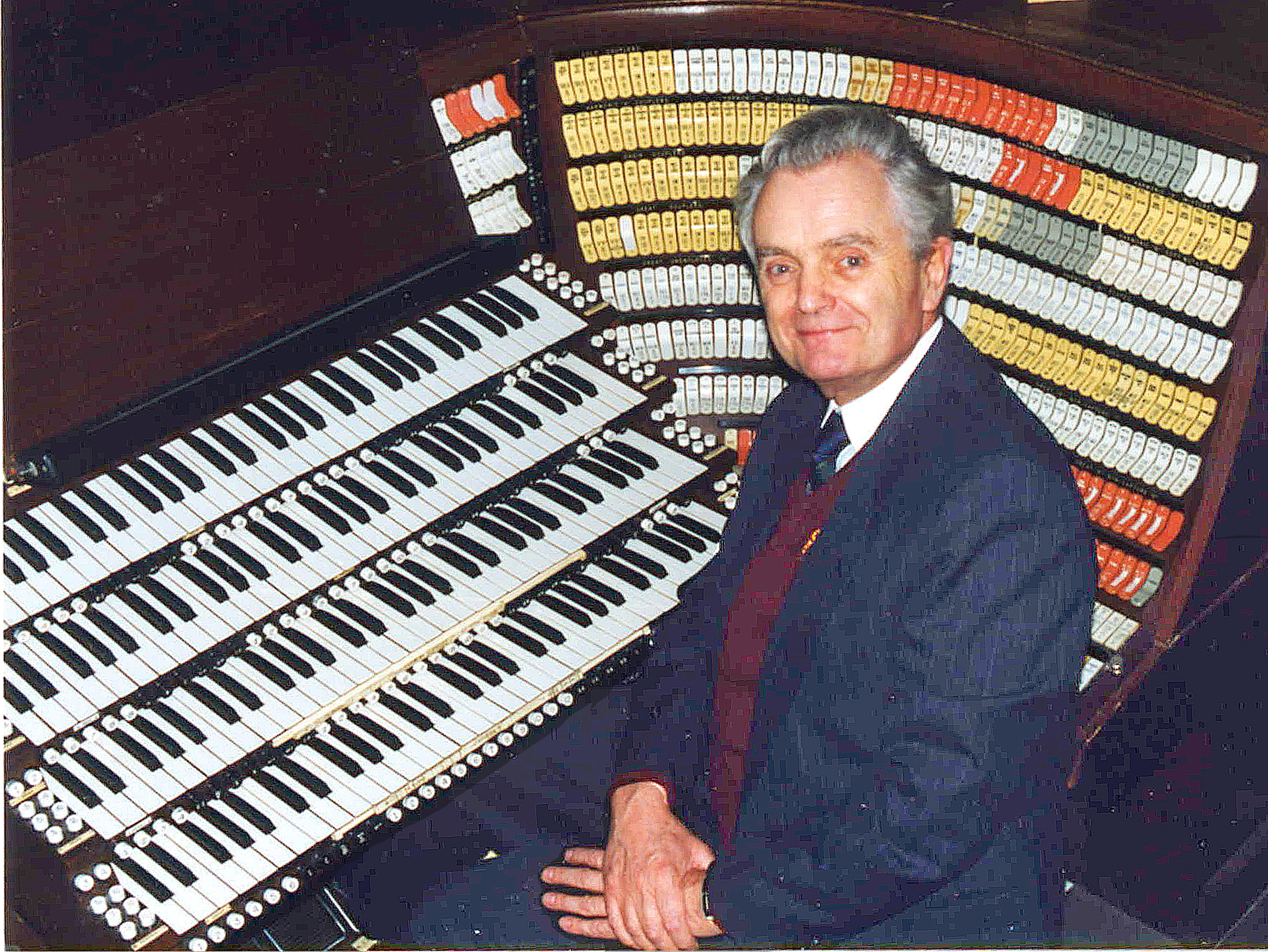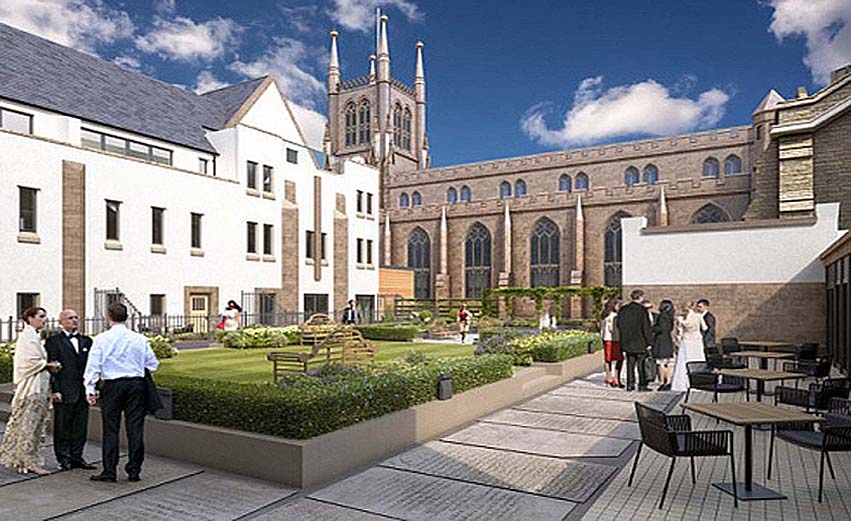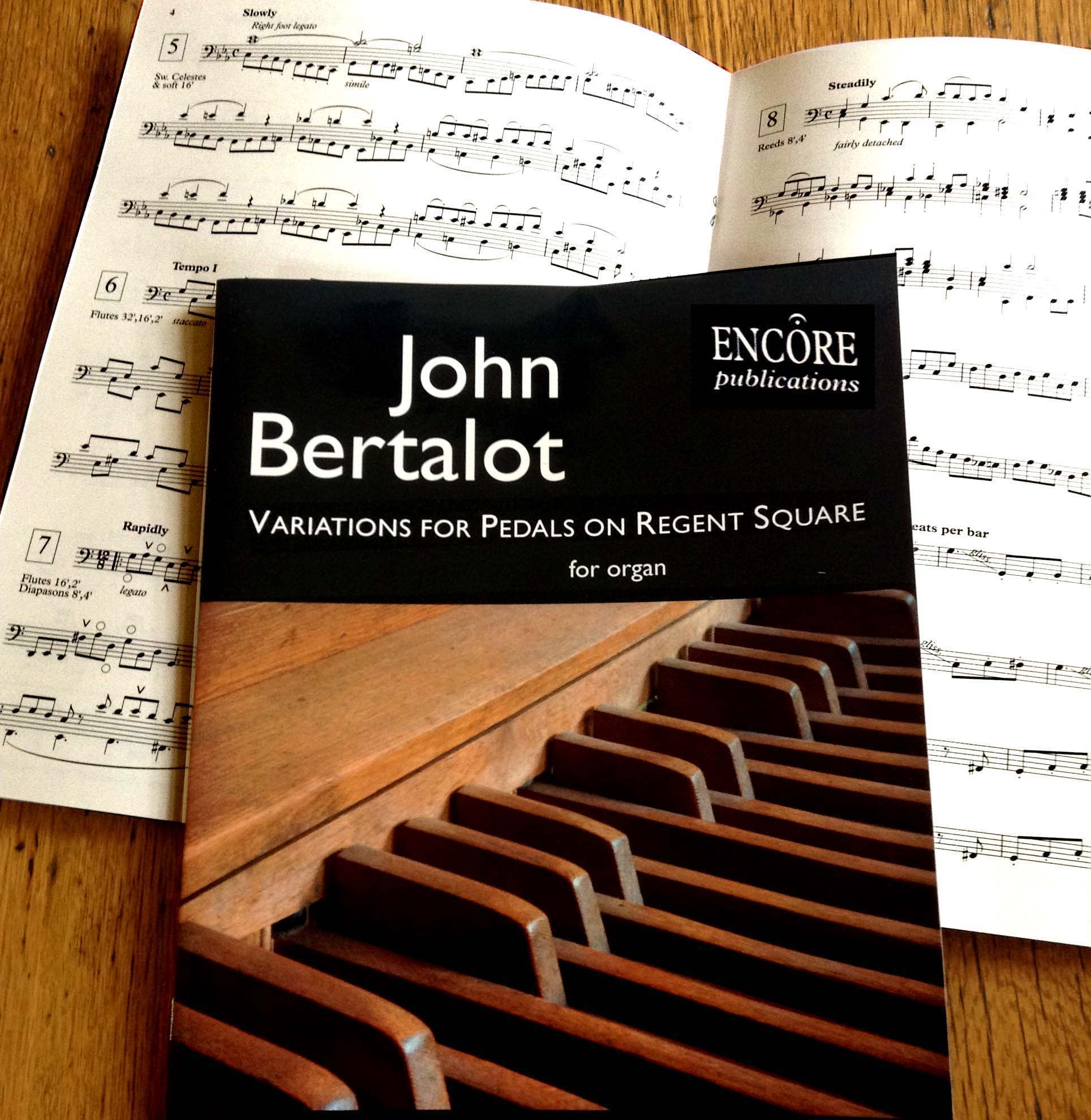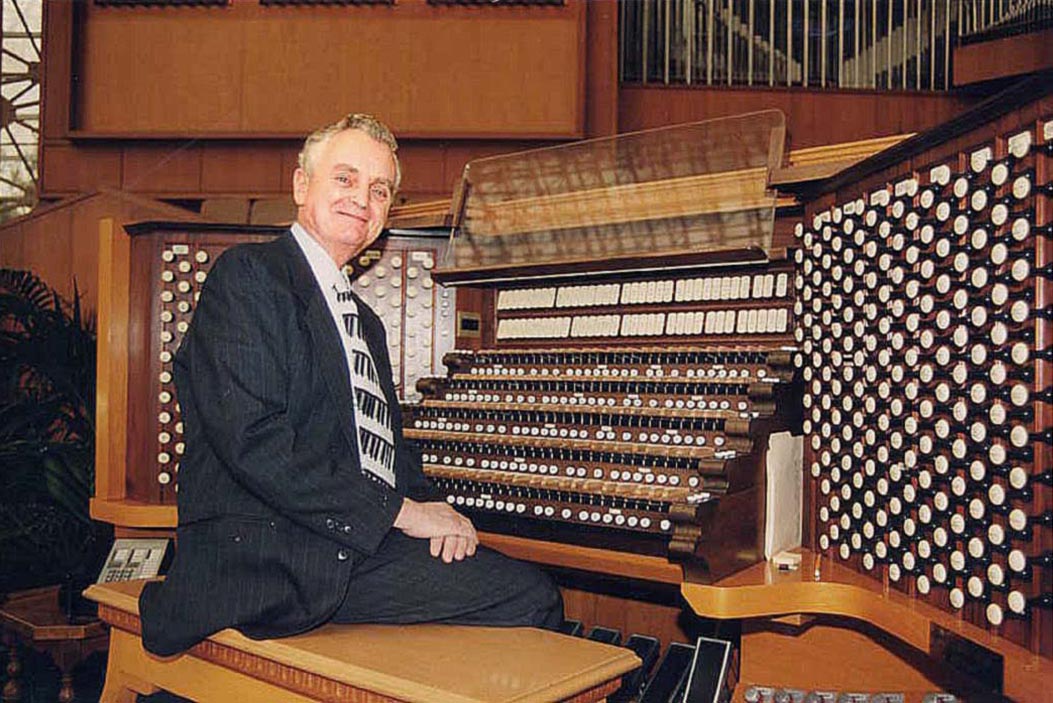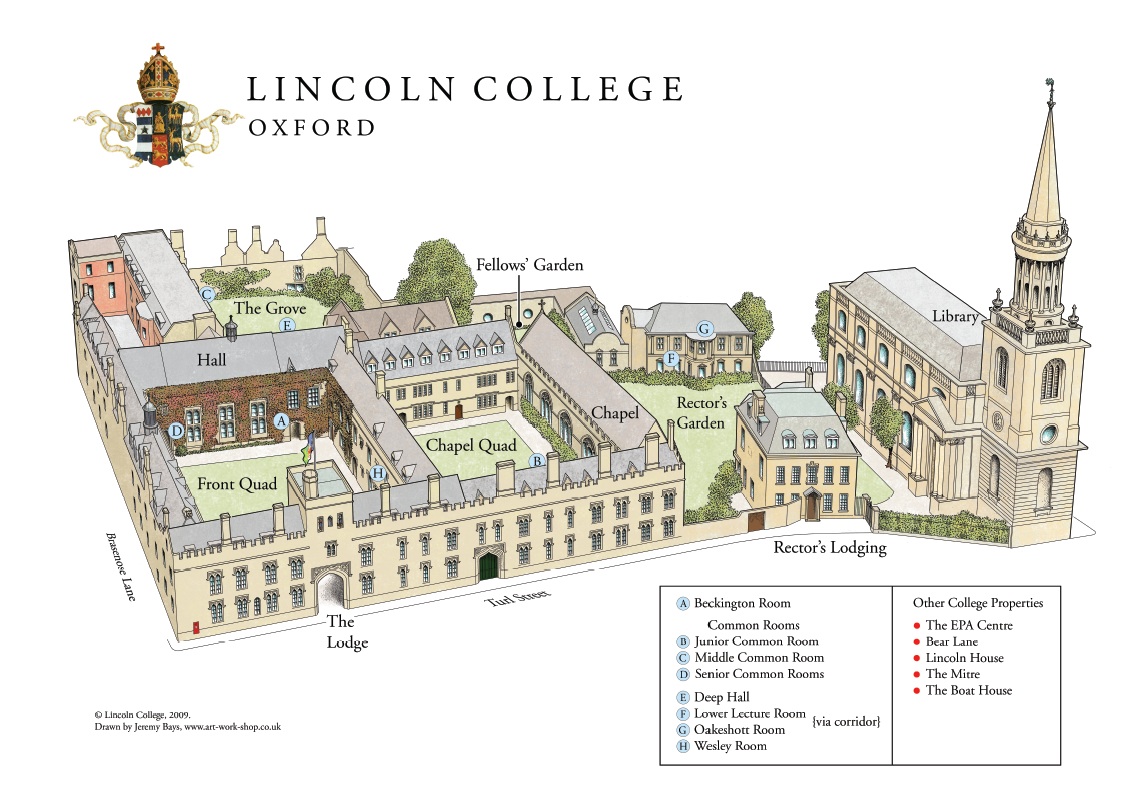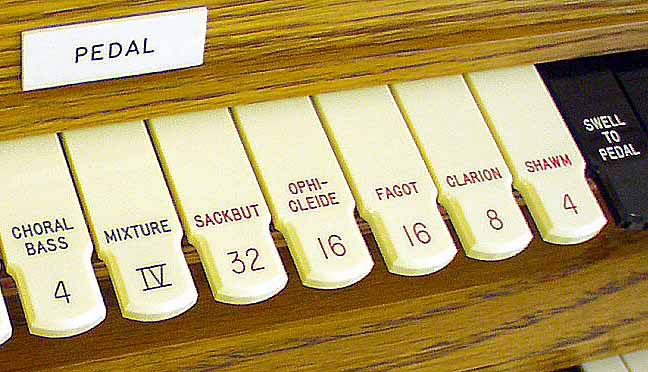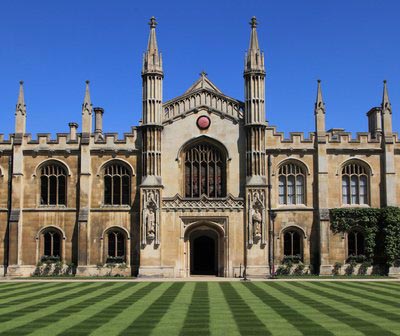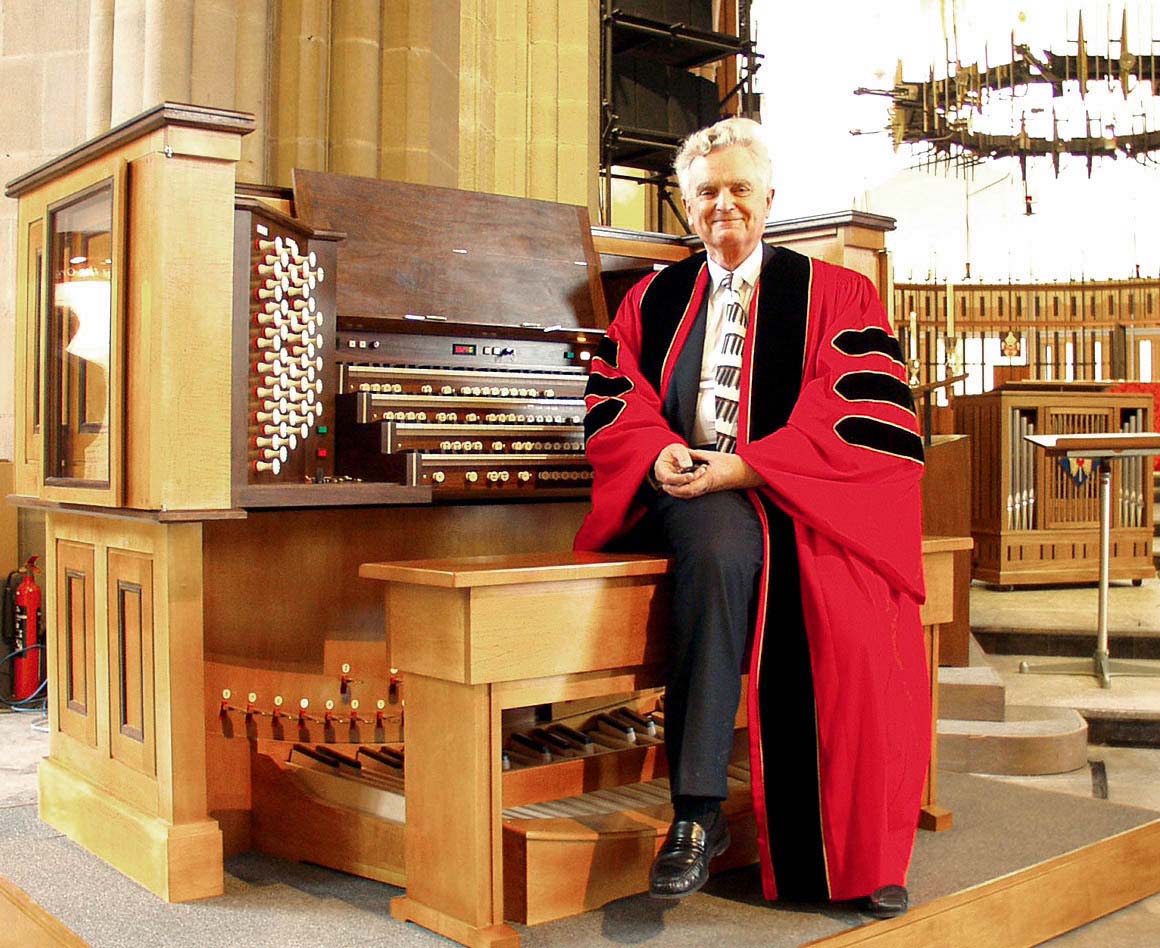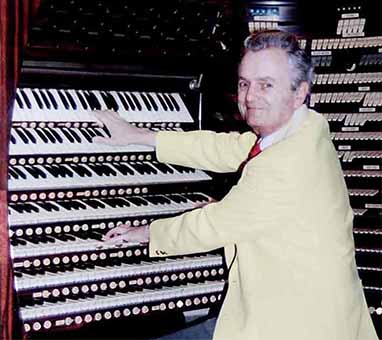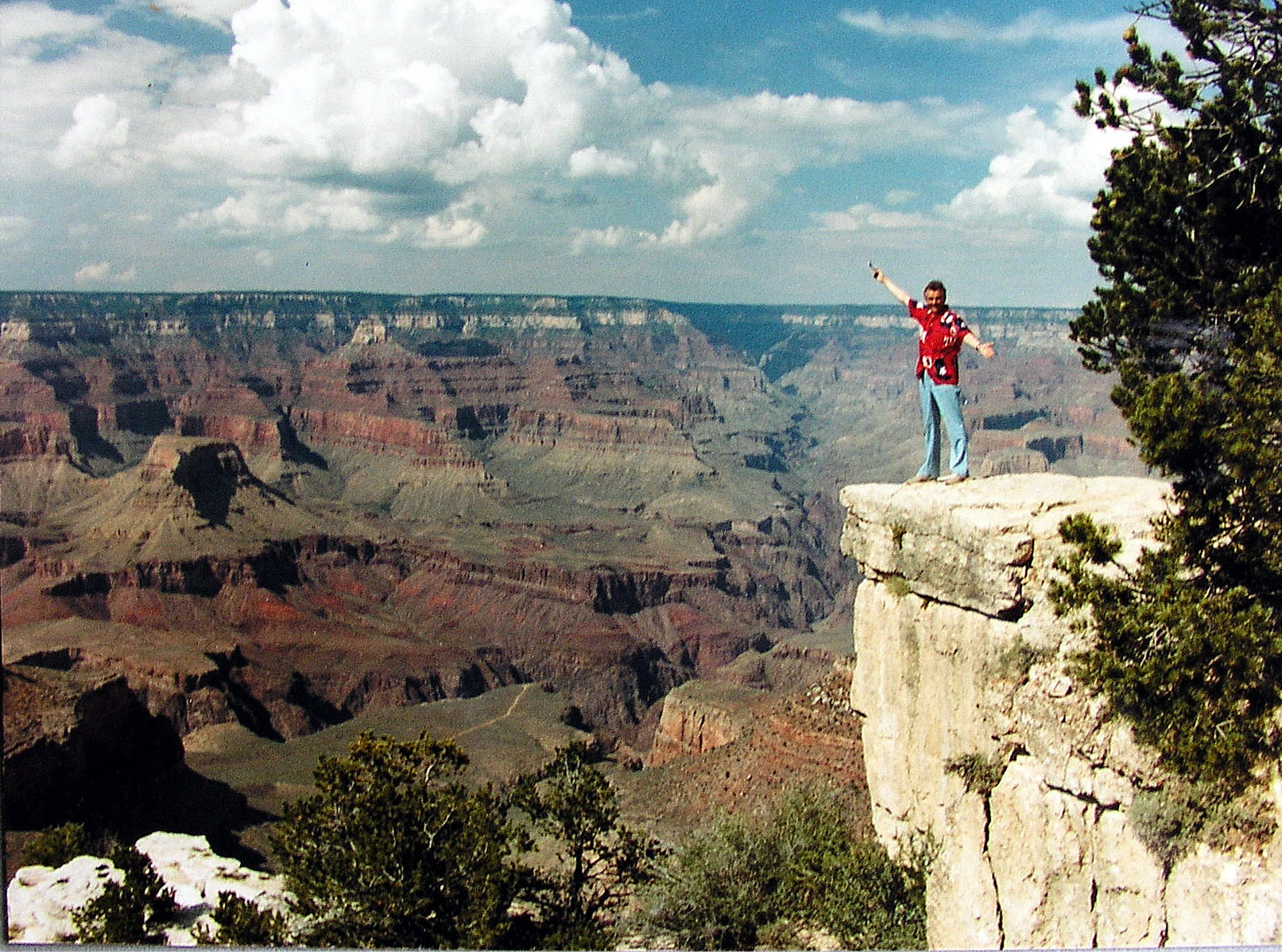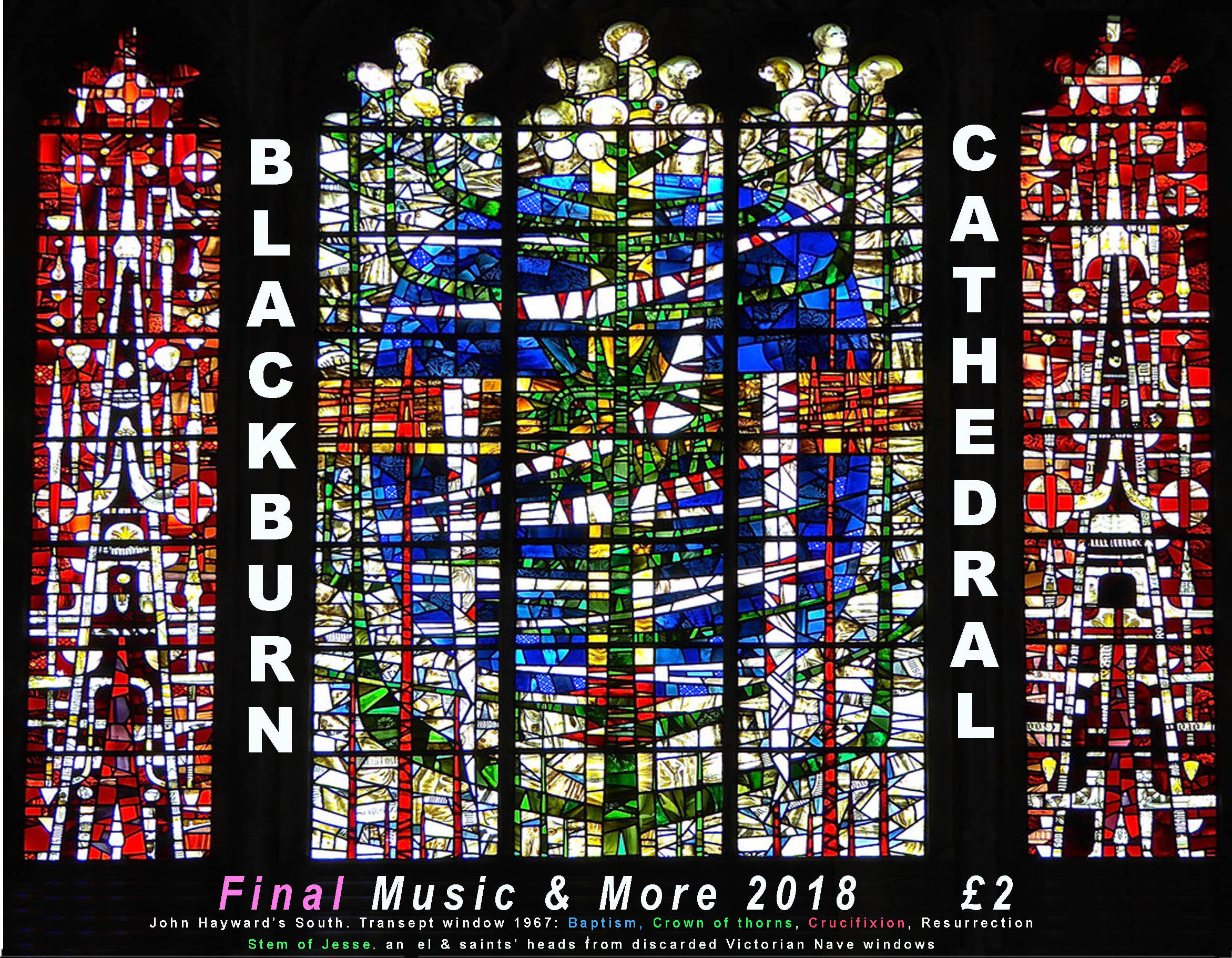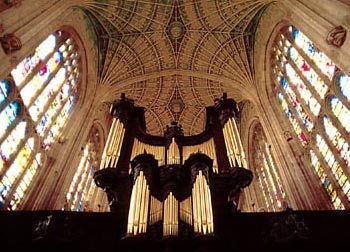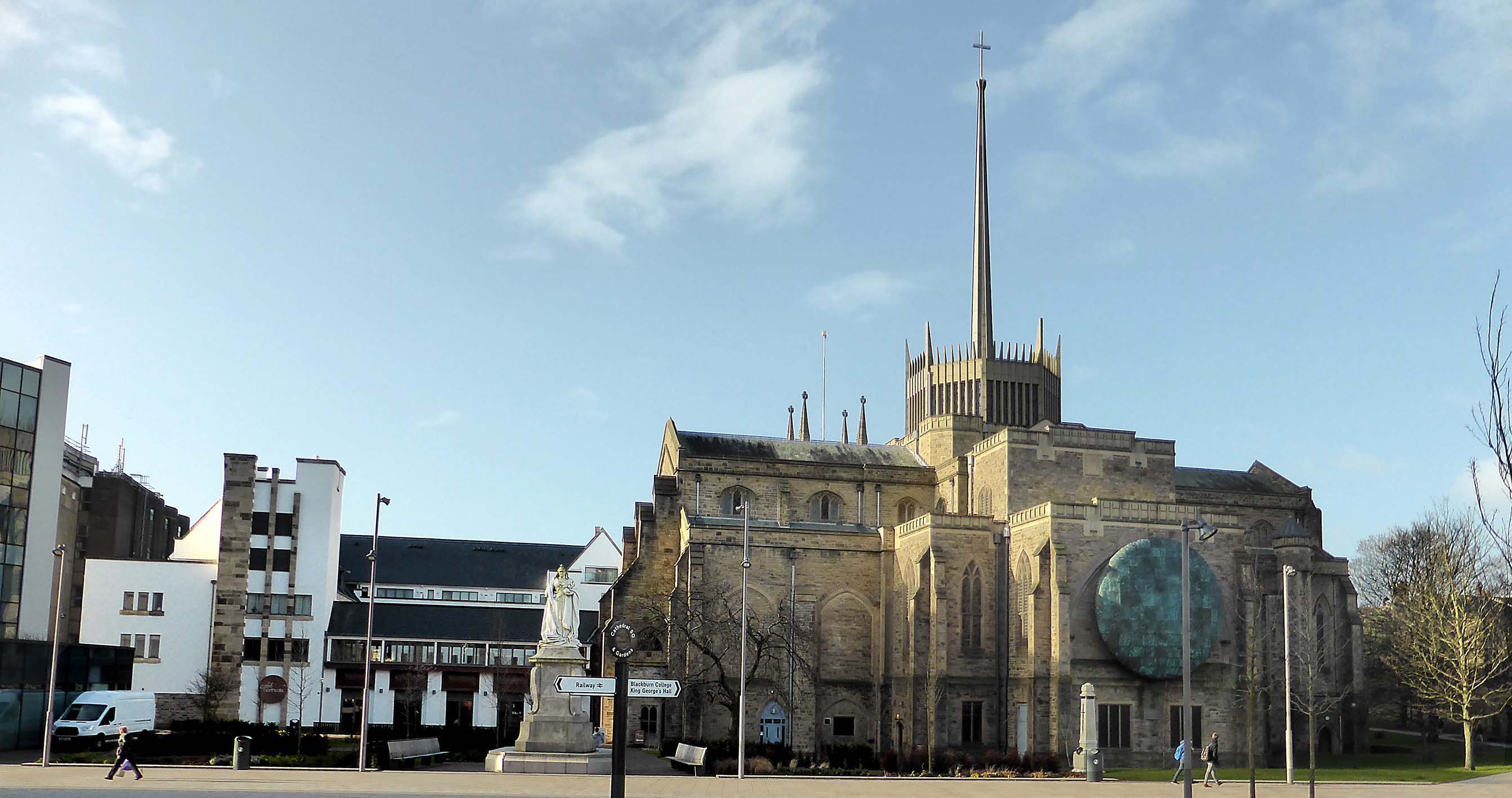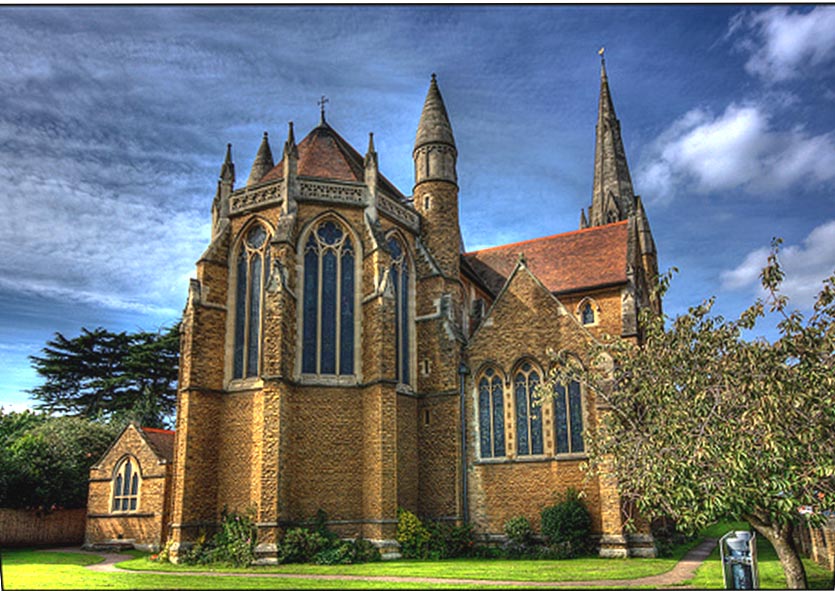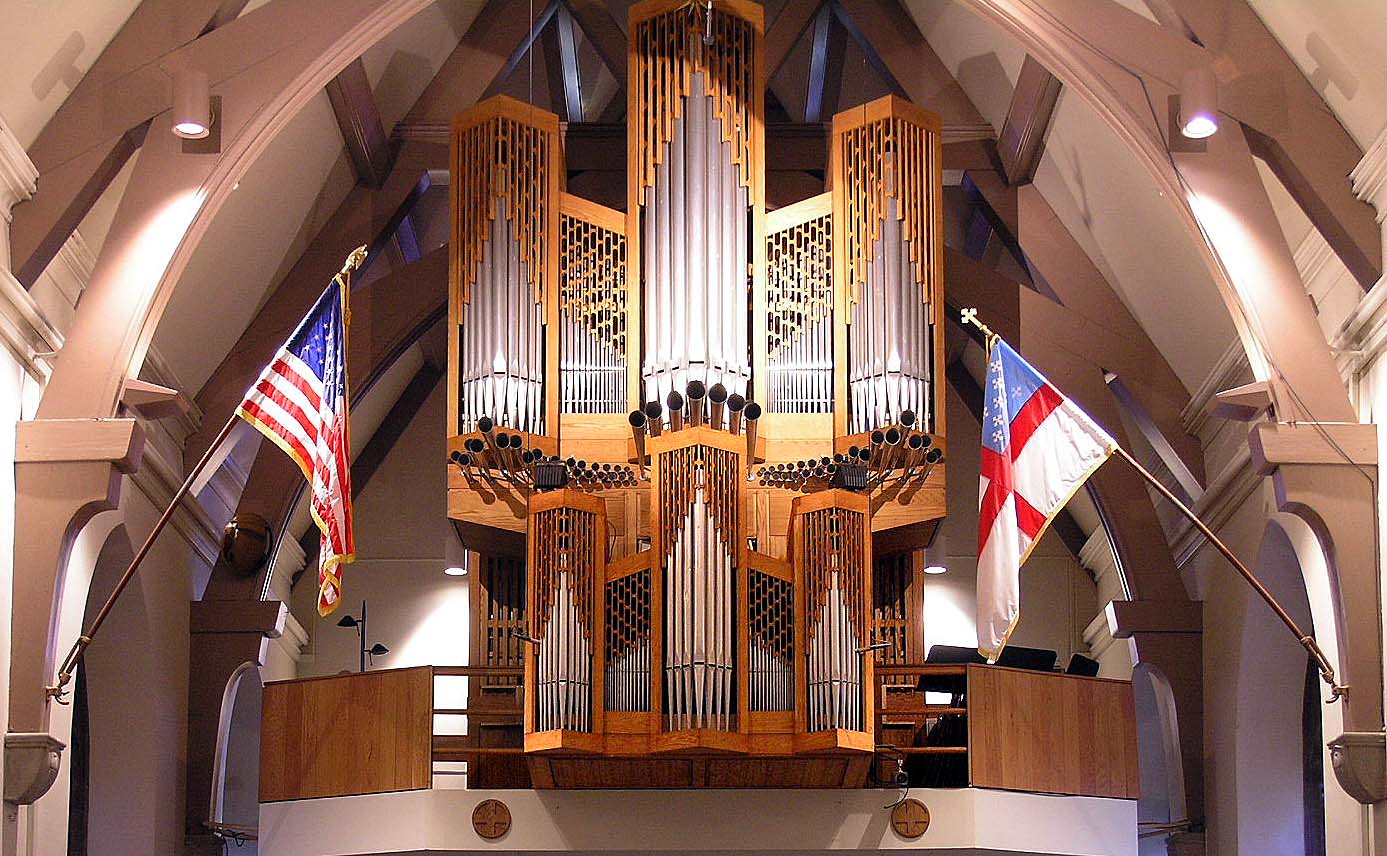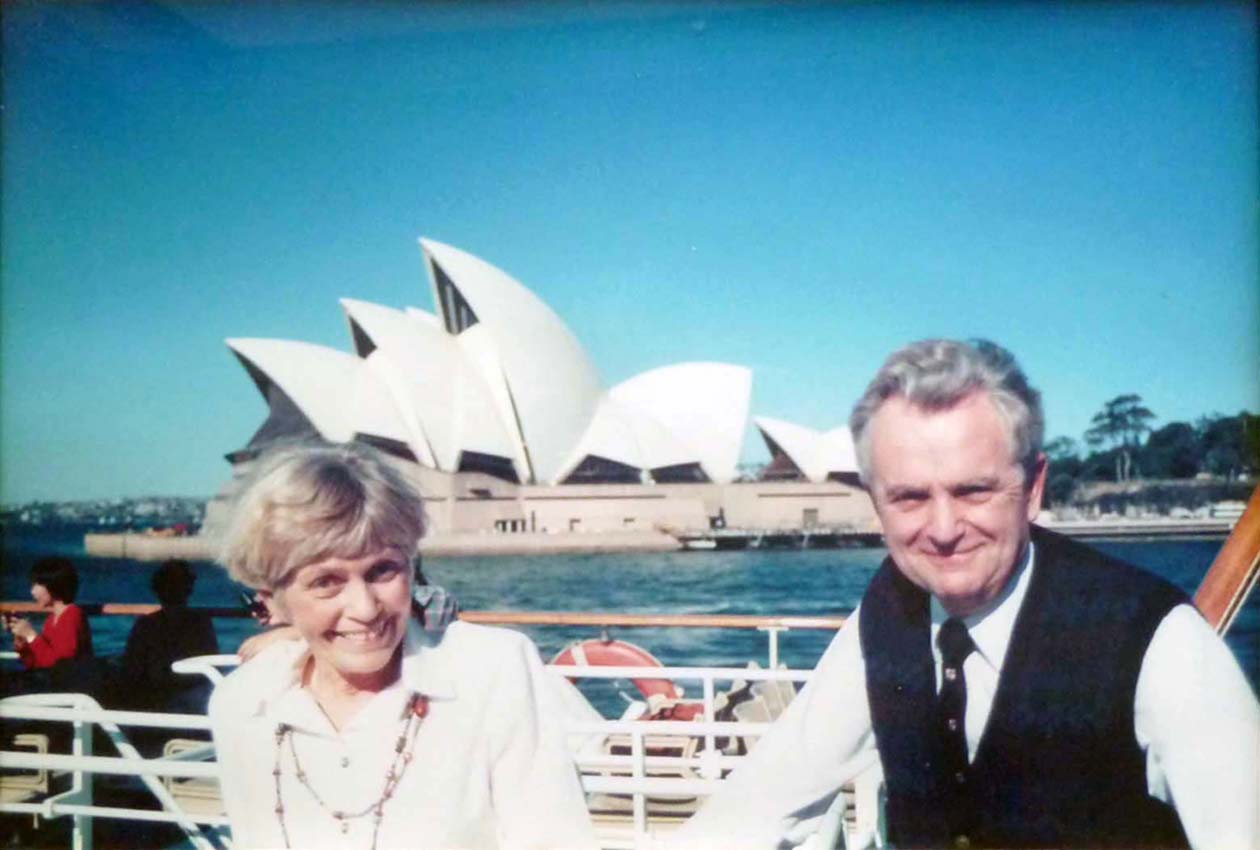WAS BACH A MATH3MAT1C1AN?
© by John Bertalot from lectures he gave in
King’s College, Cambridge, August 1986
Southwell Minster, July 2000
The Hereford Three Choirs’ Festival, August 2003
and Blackburn, September 2010
8. B minor Mass
A former Dean of Ripon wrote, ‘All that I believe about God I find in Bach’s B minor Mass.’
Although the Mass was written in separate sections over many years, there are, nevertheless, clear signs that the composer viewed it as a unified whole. (All compositions are created 'over time'! - long or short, years or days.)Bach adapted some of his material for this Mass from other works; it may be seen as a summation of all the styles that he had used throughout his career. It’s a mark of his genius that he could weld a unified composition from such diverse sources and styles. Everything is here, except recitative.
It is even more a mark of his genius, I suggest, that he could create whole movements to be of a certain length, (as he did on a much smaller scale with the ‘St. Anne’ Prelude and Fugue), and that the work as a whole should be of a length which seems to indicate that Bach identified himself, yet again, with the Christian message through his music. See my conclusion at the end of this article.
(You'll remember from my previous articles that the numbers 14 and 41 are Bachian numbers in alphabetical numerology. B+A+C+H = 14. J+S+B+A+C+H = 41)
The opening Kyrie is in two contrasting parts; the first is only 4 bars long:
After this dramatic opening Bach sets the remaining 122 bars in more traditional contrapuntal style.
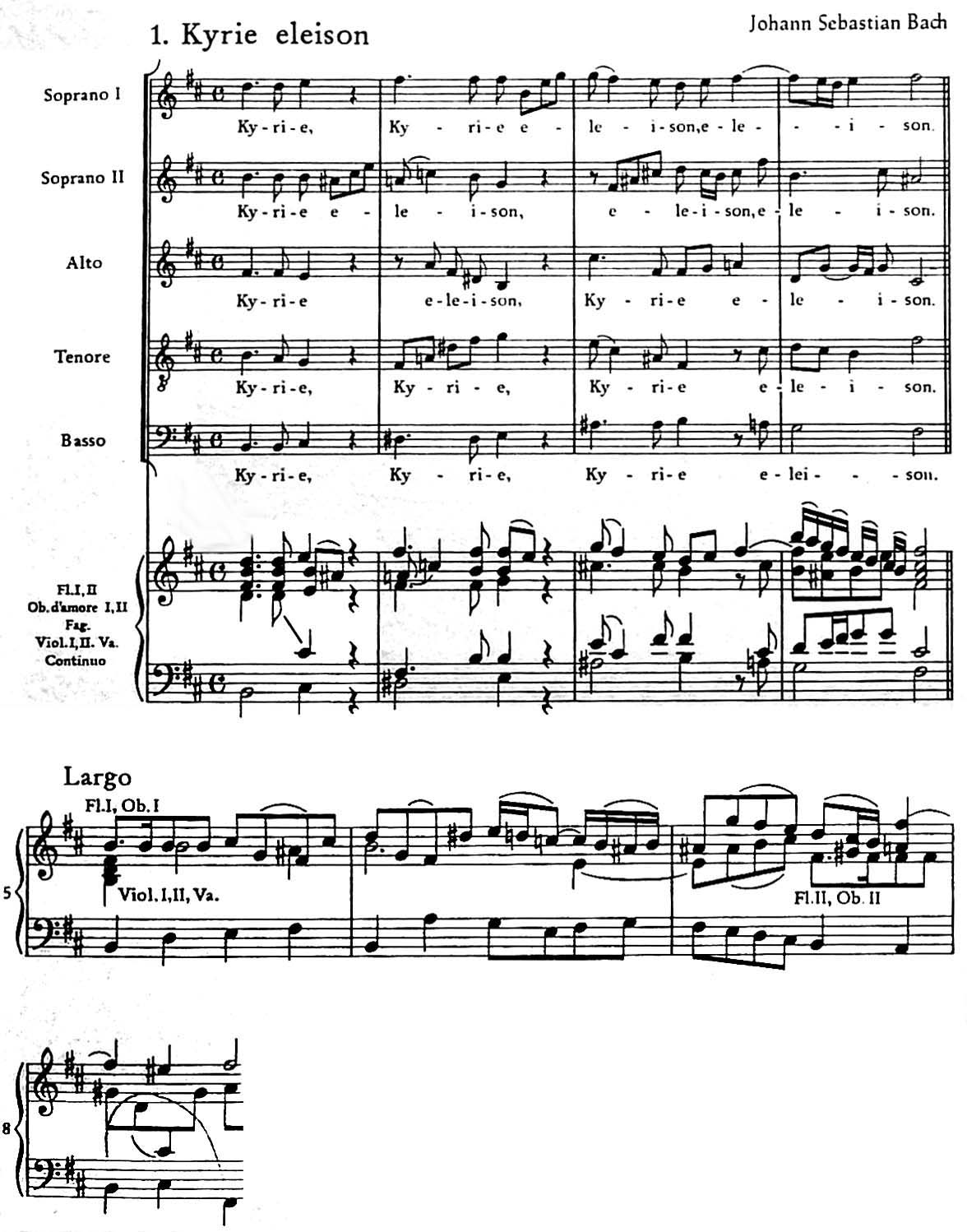
Count how many notes there are in the subject melody of this 2nd Kyrie (from 'Largo'):
28 = 2 x 14
Christe eleison, set for two sopranos, is 85 bars long - or, to be exact, 84.75 bars long, for the last bar has only three beats of music.
The second Kyrie, for four-part choir, is 59 bars long.
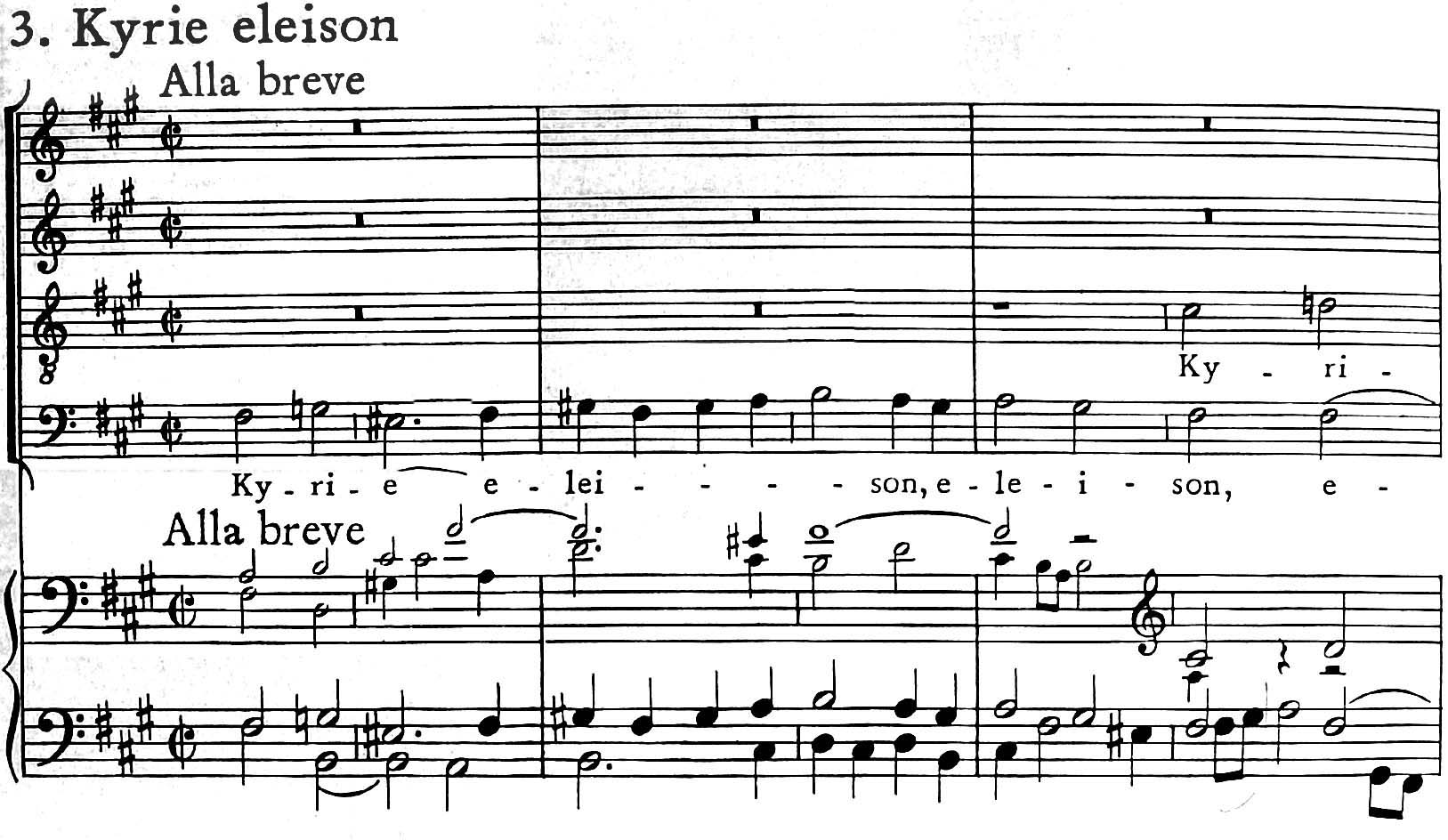
Notice how many note there are in the fugue subject: 14
You'll remember in his two settings of Psalm 130, in the Clavierübung III, Aus tiefer Noth schei’ ich zu dir, (Out of the deep), Bach made them proportional in length (See my article No. 6)
He did the same with these three 9-fold Kyrie movements, for Kyrie 1 divided by Christe is propotional to Christe divided by Kyrie 2:
126 85
85 = 59
These fractions work out to 1.4823 and 1.4406 respectively.
If the inroductory four bars of Kyrie 1 are omitted (=122 bars) and the crotchet rest is taken into consideration at the end of Christe eleison (= 84.75 bars), the proportions are even closer!
122 84.75
84.75 = 59
Which work out to 1.4 each!
The number of bars in the Kyrie-Christe-Kyrie movements is 4+122+85+59 = 270. The factors of 270 are, of course, 3x3x3 x 10, which seem appropriate for a Ninefold Kyrie.
The movements making up the setting of the Gloria are 770 bars long. (770 = 14 x 55)
The setting of the creed begins with two Credo choruses, 45 and 84 bars long, respectively, making a total of 129 bars. See below for more about the number 129
Not only did Bach write single movements to certain lengths,
but he also sometimes wrote complete large movements in pre-thought-through styles.
For example, the CREDO is in 9 movements which are symmetrical;
the first two and the last two are in Plainsong (traditional intonation) and fugato.
The 3rd and 7th are in aria form.
The 4th and 6th are fugato choruses,
and the central movement, the 5th - Crucifixus (which is the central core of Christianity) -
is in passacaglia form - with 13 statements of the bass theme.
In the first CREDO chorus he uses the traditional intonation (usually sung by the priest) but here written in 5-part choral counterpoint, plus orchestral accompaniment.
The word 'CREDO' appears 43 times in this chorus.
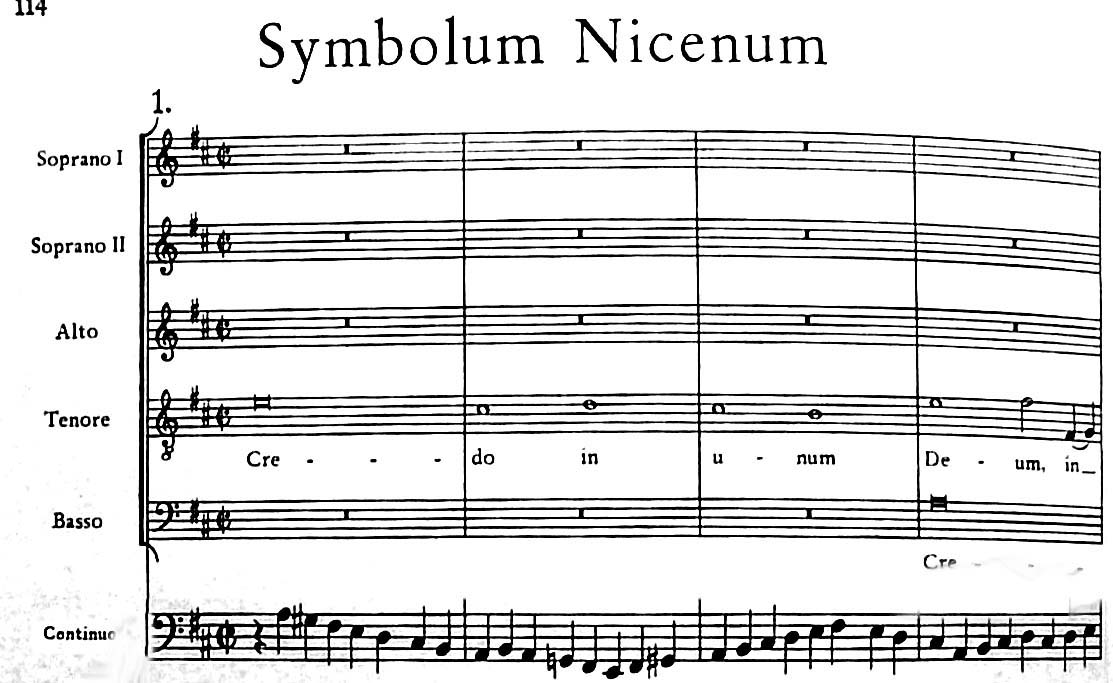
The factors of 129 are 43 x 3. Why ‘43’? Because, in alphabetical numerology C+R+E+D+O = 3+17+5+4+14 = 43. See below for more.
Does 43 occur in another setting of the creed? Yes! There are 43 notes in the final pedal entry of the ‘Giant’ fugue, BWV 680, Wir glauben all’ an einen Gott (We all believe in One true God), which is a choral prelude on the Creed in the Orgelbüchlein.

How many bars are there in the first CREDO chorus? 45. What a pity - never mind.
How many bars are there in the second CREDO chorus (Patrem omnipotentem)? 84.
Add 45 to 84 and we get 129.
and the factors of 129 as we've stated above, are 3 and 43 = Trinity and CREDO.
So Bach is clearly stating that he believes in one Trinitarian God!
Is this a coincidence? Probably yes, if he doesn’t do it again. (He does!)
Look at the duet Et in unum Dominum (And in one Lord, Jesus Christ), it's set canonically for Soprano and Alto.
Why canonic? If one believes in a God who is a Father, it follows that one must also believe in a God who has a Son, for 'Father' clearly implies fatherhood.
Has he set an aria canonically for a similar reason elsewhere? Yes - in the duet for the two false witnesses in the SMP (No. 39) - where the second witness must repeat what the first witness has said. (The second voice in a canon must imitate what the first voice sings. The second false witness must repeat what the first false witness says.)
But go back to the setting of Et in unum Dominum: it's 80 bars long.
Look at the next movement: Et incarnatus est - it's 49 bars long.
80 plus 49 = 129
and the factors of 129 are 3 and 43 =Trinity and CREDO.
So Bach is clearly stating yet again that he believes in one Trinitarian God who was incarnate!
The ground bass in the Crucifixus chorus is played 13 times - traditionally the unlucky number.
The bass aria, Et in Spiritum Sanctum, (I believe in the Holy Spirit) is, like the ‘St. Anne’ Fugue, in triple time with a trinitarian key signature (three sharps instead of three flats) and trinitarian length - 144 bars. 144 = 3x3x4x4. And, of course, 3+3+4+4 = 14! AND the soloist is accompanied by WIND instruments - the Holy Spirit being the breath of God.
The number of bars in the complete Credo movements is significant: 837 = 33 x 31 (Trinity & Unity).
There is much more in the Credo and the other movements for those who have the patience to look.
For example, the Gloria is 770 bars long. (Work out the 'Bach' significance of that number - we've mentioned that above!)
The Sanctus and the Agnus Dei are 468 bars long so the total number of bars work out as 270, 770, 837 and 468. What can we do with those numbers?
Having seen that JSB took the trouble to create some compositions with a significantly exact number of bars, and to write three major movements of the B minor Mass in this manner, did he manage to complete the whole of the Mass so that its length would come to a striking Bachian number? Yes, he did!
Adding up the bars in the whole work (270+770+837, plus the remaining movements, which are 468 bars in length), we discover a number as beautiful as the ‘123’ bars of Der Geist hilft, mentioned above.
Work it out for yourself - and you will see that it is not only a beautiful number in its own right, BUT also that the B+A+C+H number occurs yet again.
